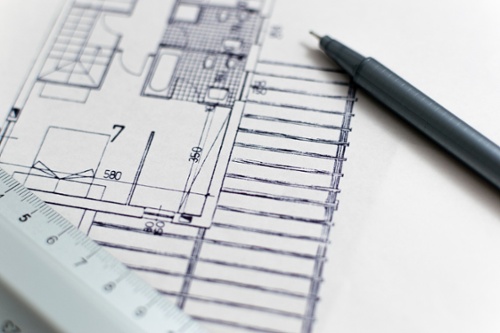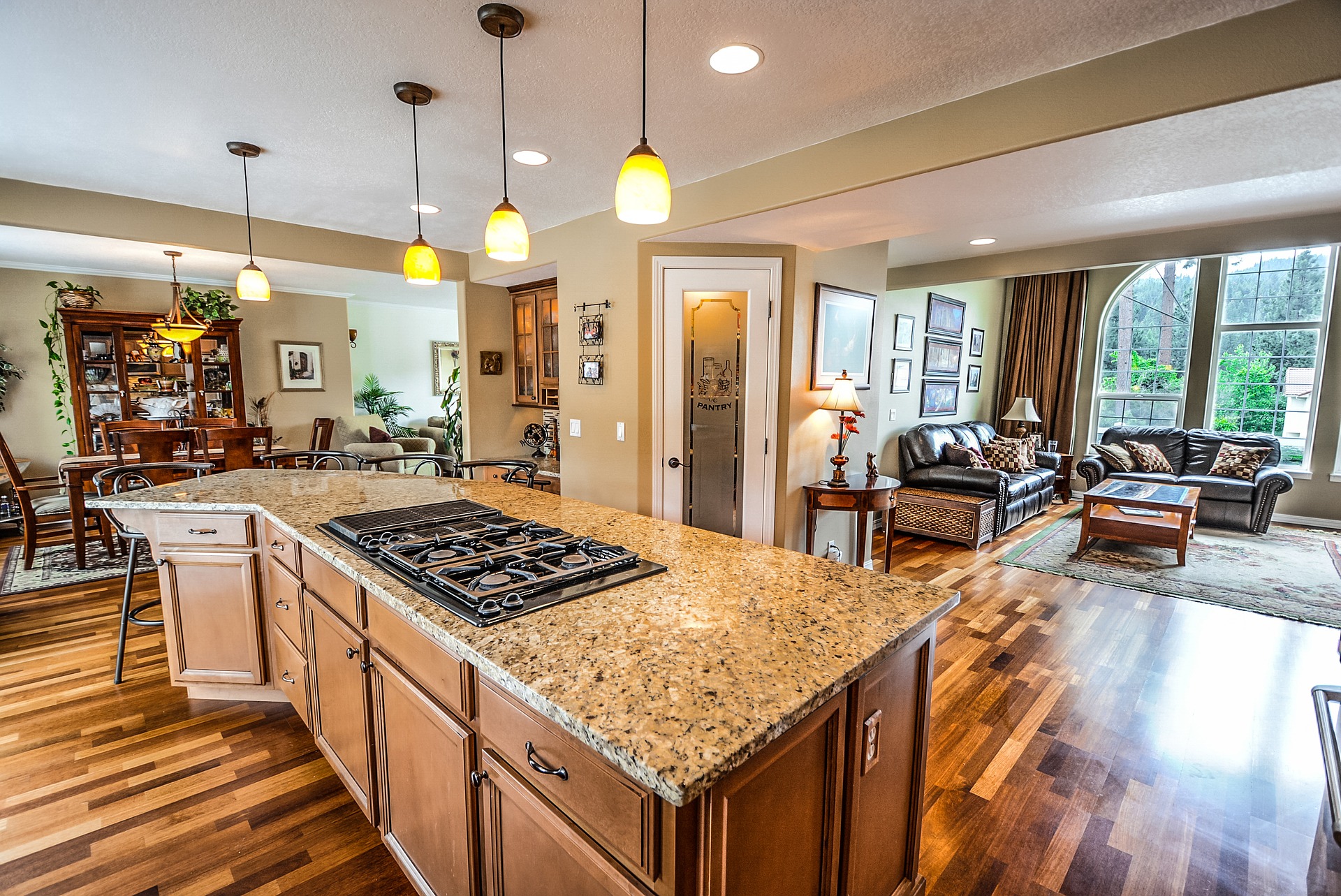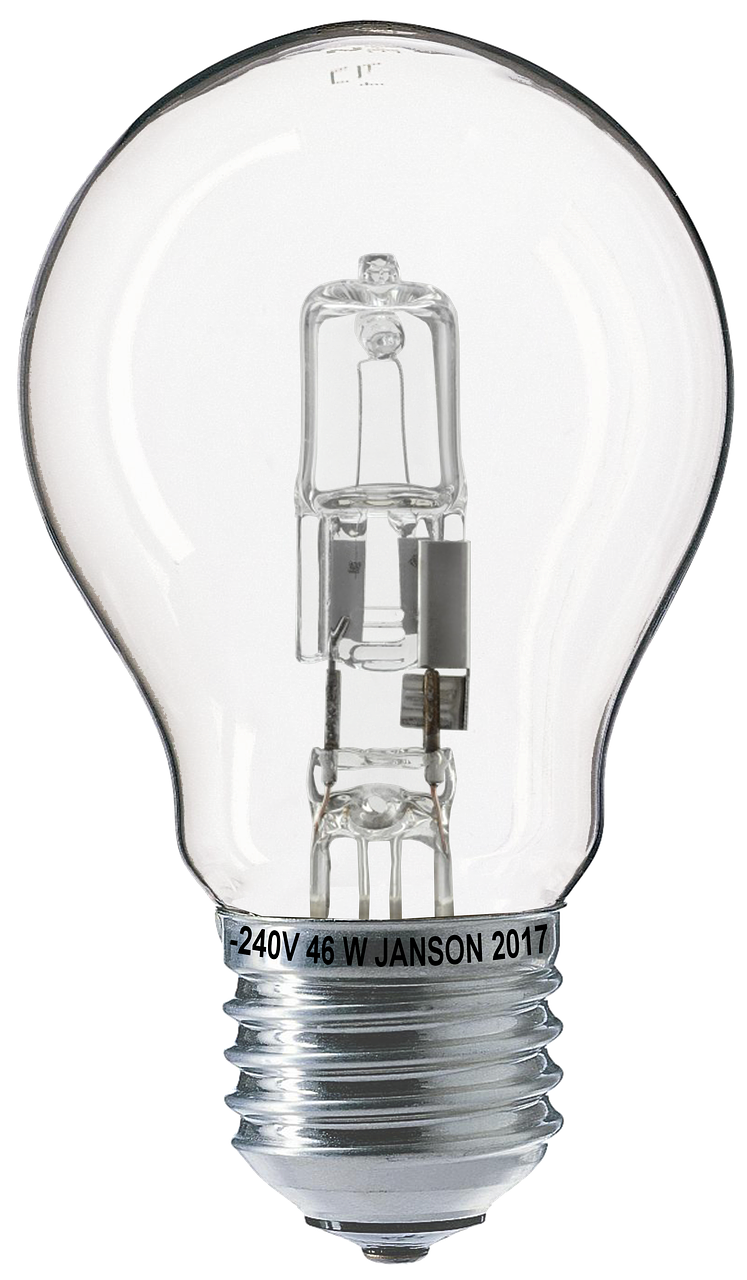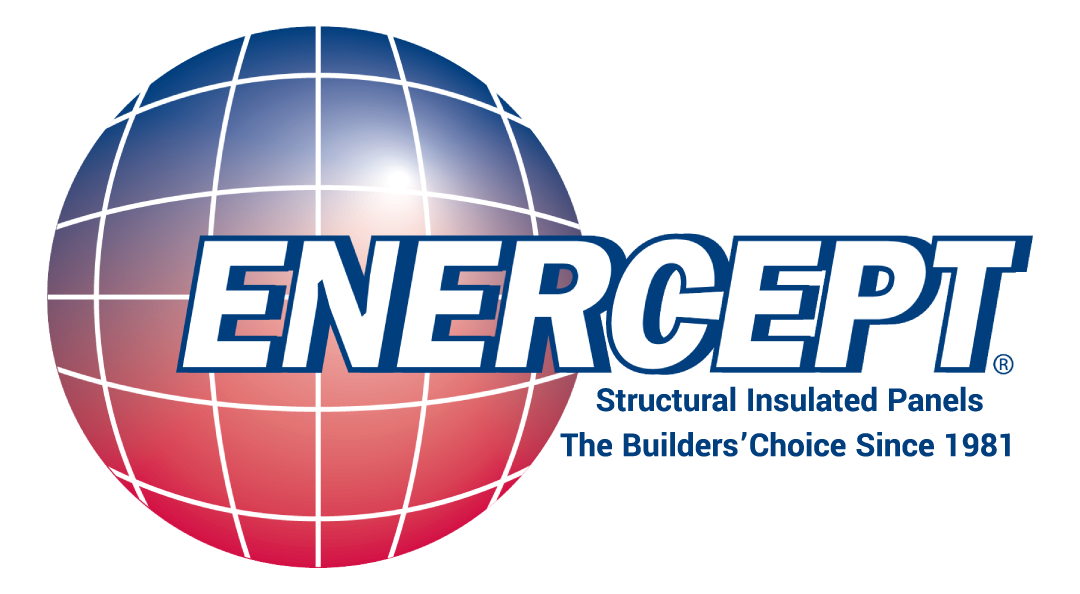It’s a buzzword we’ve heard for decades – go ‘green.’
We’ve been encouraged to plant trees, recycle, cut back on water usage, walk or use public transportation when possible – the list goes on and continues to grow as new technology and methods to conserve are developed.
But what does it mean when it comes to buildings and construction? The short answer is ‘green building’ is ecologically friendly and leaves a minimal impact on the environment. While retrofitting an existing structure with green attributes, it’s easier for a home to be ‘green’ if it’s designed that way.
Location, location, location!
There are many ways to implement green measures into new construction, the first of which is choosing an appropriate building site. For instance, locating your home within easy range of work, school, shopping and other frequently visited spots can help reduce vehicle emissions. Being near (and using!) public transportation is even better.
Orientation, or the way your building sits on its site, is important to consider as well. Orienting the structure to best take advantage of daylight and darkness, at least in the Northern Hemisphere, means a north-south orientation. Direct sunlight is minimized during the heat of summer and maximized during the winter, both of which reduce heating and cooling requirements. The floor plan can even be arranged to take full advantage of the sunshine. Keep these tips in mind when considering room orientation:
- North facing rooms make great garages, laundries and bathrooms due to low levels of sunlight.
- South facing rooms are usually sunny most of the day, perfect for main living spaces.
- East facing room catch the rays in the morning but cool in the late afternoon, making ideal spaces for kitchens or bedrooms
- West facing rooms are subject to late afternoon sun, which makes them less desirable for kitchens or bedrooms.
 Eco-friendly Materials
Eco-friendly Materials
As the demand for green building has increased, so have the options for appropriate materials which create less of a negative impact on the environment. Look for sustainable or recycled materials when shopping for flooring, millwork, cabinetry and countertops.
Besides sustainability, energy efficiency is paramount when building green. It’s wise to use materials which provide continuous insulation (defined by the ASHRAE Standard 90.1-2013 as “uncompressed and continuous insulation across all structural members without thermal bridges other than fasteners and service openings.”)
Continuous insulation is effectively achieved by using properly installed Structural Insulated Panels (SIPs) for both walls and roofs, thus creating as tight a building envelope as possible. Besides continuous insulation, this envelope provides proper air and moisture barriers and adequate ventilation using an air exchange system.
Windows and glass doors should be energy efficient as well. Did you realize the average home loses ten percent of its heat through windows and doors? Many low-emission window options are readily available, and such energy efficient glazing reduces heat loss, keeping the home warmer and heating bills lower. 
Energy efficiency is also important when choosing lighting. Look for fixtures which accommodate light emitting diodes (LED) and Compact Fluorescent Lamps (CFL); they take a bit of time to reach full brightness, but last for years. Halogen lamps are less expensive, but don’t have the longevity of LED’s and CFL’s.
Appliances and fixtures (kitchen, laundry, water heater, toilets) and electronics should be energy and water efficient as well. Look for the Energy Star seal on such items.
Heating & Cooling Equipment
Energy.gov statistics indicate 48% of a home’s energy use is for heating and cooling. Besides continuous insulation, a tight building envelope means smaller and more efficient HVAC equipment. The initial cash outlay for a smaller system is less and the return on your investment over the life of the home is substantial. Heating and cooling bills are reduced by about 30%.
To go even greener, one might consider renewable energy sources such as solar panels, wind systems or other methods. Further, smart home devices allow you to easily incorporate energy saving measures even when you’re not at home.
According to the United States Green Building Council, green building is seeing faster growth than conventional building. A green home saves money and energy offers ultimate comfort and increases resale value. As consumers are educated, suitable materials become widely available and building codes change, we’ll likely see more green — in our buildings and our pockets.


